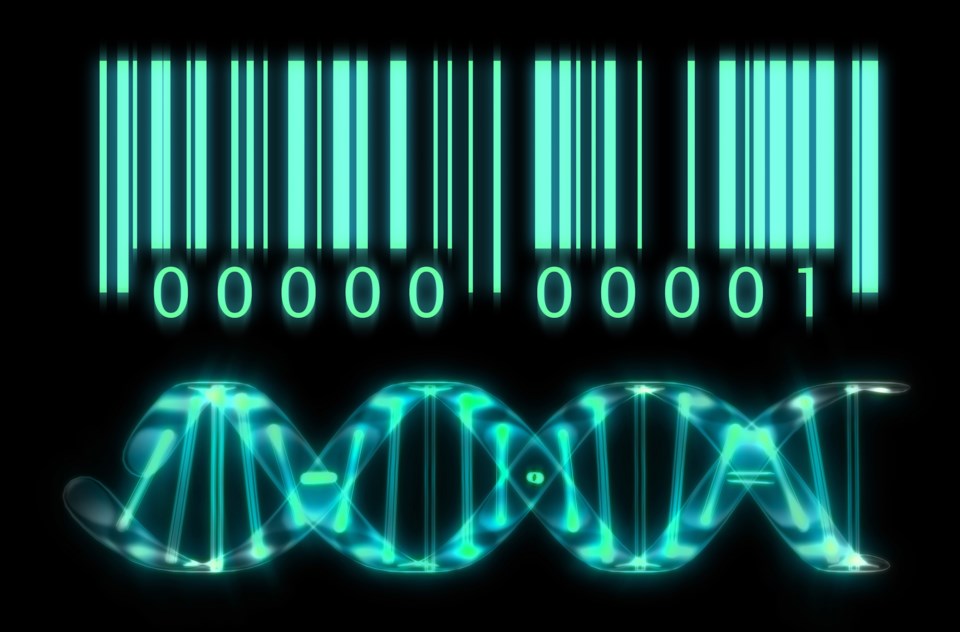Researchers at the University of Guelph hope to take environmental testing out of the lab and into the field by creating a portable device that can test aquatic DNA samples.
With a $125,000 Idea to Innovation grant from the federal government, researchers at the Biodiversity Institute of Ontario at U of G, intend to develop a tool to help track and identify both endangered and invasive aquatic organisms.
It will be useful for environmental consultants, said Amanda Naaum, a researcher on the project, which is why they will work hand-in-hand with consultants to determine the most-commonly targeted species for such lab work, and features on the device that will offer speed and accuracy over the current system.
“We want to make it simple and portable so we can test in the field,” said Naaum in a phone interview. “We want to get that answer whether a species is present or not present. And we want to work with the end user to develop a tool that’s as good or better than the current test.”
The technology would speed up the process required for environmental testing on proposed development sites and potentially for other water studies, Naaum said.
It would also be of interest to power companies, regulatory agencies and environmental inspectors.
Naaum said the current testing method requires taking a water sample, running it through a filter, and sending it to a lab to extract and identify any DNA.
It’s costly, time-consuming, and is a process that leaves the door open to possible contamination of the samples, Naaum said.
“And you can miss things,” she added. “We hope this eDNA testing will be more sensitive and accurate.”
This new research stems from DNA barcoding and the international Barcode of Life project that is housed at U of G. That project aims to collect and identify DNA from every living organism on the planet.
New research and new ways of using DNA barcoding technology has led to hundreds of other projects, including some, like this one, which has practical applications in the business world.
“The DNA barcode library is amazing and to put that data into practice will be very rewarding,” Naaum said.
“Ideas to Innovation grants support research intended to lead to a specific product,” said Prof. Bob Hanner, associate director of the Canadian Barcode of Life network, in a press release.
“If there are concerns about invasive species, this can help us figure out if we have reason to be concerned.”
